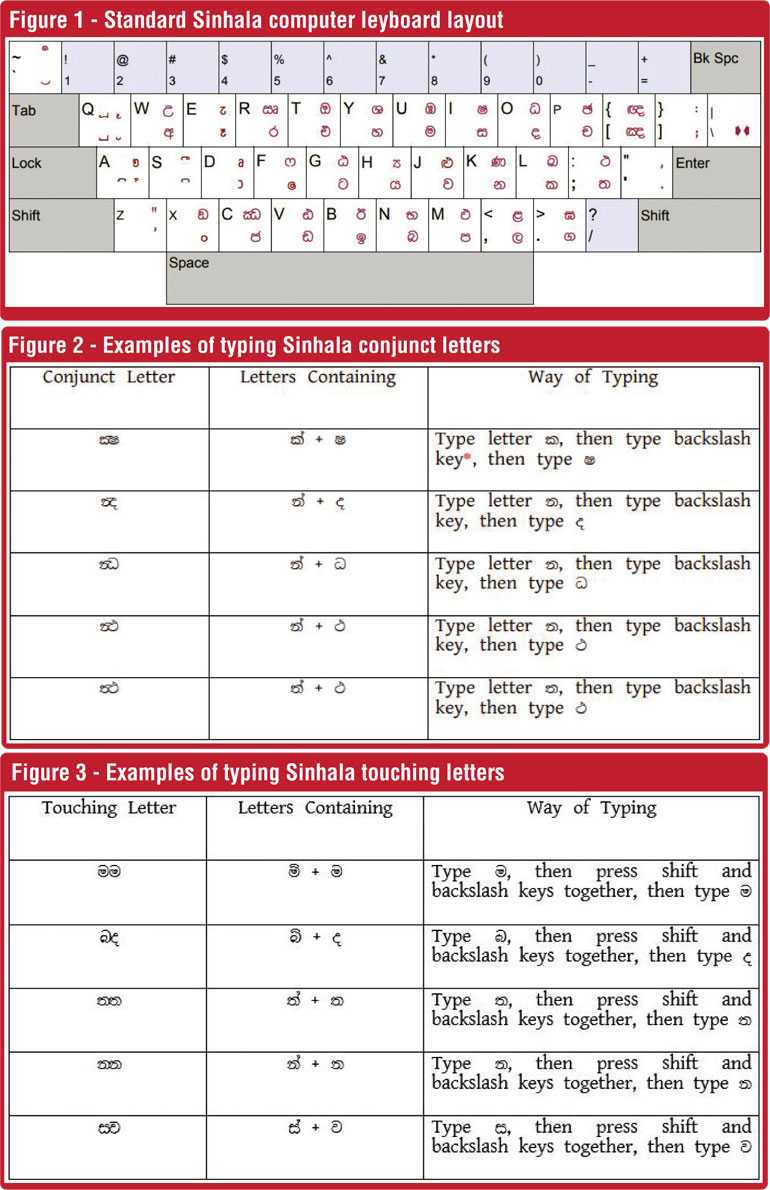Wednesday Dec 24, 2025
Wednesday Dec 24, 2025
Monday, 6 July 2020 00:50 - - {{hitsCtrl.values.hits}}

By Harsha Wijayawardhana
The previous part of this paper article ‘Introduction to Unicode Standard or Universal Encoding Standard’ had been already published in Daily FT.
Sinhala keyboard and SLS 1134
In 1990, when SLASCII was released as the standard for storing of Sinhala characters, the keyboard for Sinhala character input was also decided in the first version of SLS 1134.
The committee which was responsible for designing of SLASCII decided to use the same layout of Wijesekera keyboard layout which was standardised for typewriters. The keyboard layout which was released for computer input was known as Wijesekera extended keyboard for Sinhala input.
In the second and third revisions of 1134, Sinhala encoding as well as to how Sinhala characters are stored on digital devices are given with the keyboard layout. Especially in the third revision, Sinhala numerals had been standardised with input for LithIllakkam and Sinhala Illakkam had been given.
In the Sinhala keyboard layout, it has been designed to input Sinhala Bandi or conjunct letters, touching letters to write Pali if fonts are supported. Figure 1 shows the standard Sinhala computer keyboard layout. Table 1 and Table 2 describe the way of typing Sinhala conjunct letters and touching letters, respectively.
(The writer, B.Sc., FBCS, is COO and CTO of Theekshana R&D.)